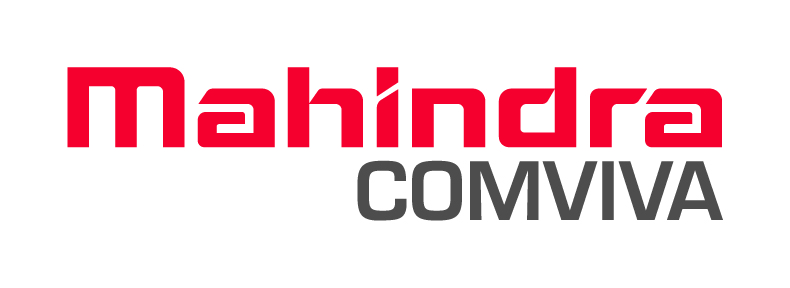- Mobile POS (mPOS) solutions boost growth of digital payments
- mPOS solutions are evolving from a point of sale to a point of service solution
- Adoption of mPOS on the rise among larger merchants
Mahindra Comviva, the global leader in providing mobility solutions, in collaboration with Ovum Consulting, has published a whitepaper on the  growing adoption of mobile POS solutions. Mobile POS solutions are fast becoming mainstream. An approximate 1.2 million mPOS were shipped to Master Card merchants globally and 75% of merchants have been able to accept card payments.
growing adoption of mobile POS solutions. Mobile POS solutions are fast becoming mainstream. An approximate 1.2 million mPOS were shipped to Master Card merchants globally and 75% of merchants have been able to accept card payments.
Mobility is transforming the way merchants execute sales and interact with customers. The mobility shift is having a profound impact on card payments, fuelling rapid adoption and acceptance of mobile payment solutions amongst a wide base of merchants. Beyond transduction processing MPOS solutions can create a fundamentally new source of value by improving productivity and extending a powerful new channel to improve transaction experience and engage in targeted marketing.
This early mPOS growth was driven by adoption among micro-merchants and while still an important segment, there are further opportunities for mPOS with larger merchants as well. mPOS allows larger merchants to create efficiencies and enhance the in-store shopping experience for consumers, as well as to equip their field sales force with an integrated payment capability. Another benefit to all merchants, big or small, is the ability of mPOS solutions to gather customer data. Sophisticated analytics can sift through payment transactions and make recommendations to merchants like optimal inventory, ordering cycle or even to customers based on buying patterns and preferences.
Commenting on the study, Srinivas Nidugondi, Senior Vice President and Head, Mobile Financial Solutions, Mahindra Comviva said, “In a world of anywhere commerce the point of sale is fundamentally changing. It is moving from traditional checkout lines to wherever the customer may be: shopping on the Internet, walking a store’s aisles, traveling or lounging on the beach. The implementation of mPOS solutions is not without its challenges and technology executives must work together to select an mPOS solution that can play well with existing back-office systems, adapt to rapid change, and meet the expectations of a new breed of the connected shopper.”
The paper also highlights the need for customization of mobile POS solutions. Although merchants have certain common requirements, a one-size fits-all POS approach is out of step with the fact that needs differ depending on the verticals they serve. The business needs of a small coffee shop vary from a business with a large field sales force, which are different from those of a high street chain. Enabling mPOS can take on different flavors of integration, depending on the size and the category of the business. Large merchants, for instance, have a need to integrate mPOS with existent POS and IT infrastructure such as ERP, loyalty and catalogue solutions.
mPOS solution providers should offer open APIs to support integration with third-party applications, for example enterprises such as banks and insurance who have equipped their field force with app can leverage APIs for premium and deposit collection, safeguarding existing investments.





